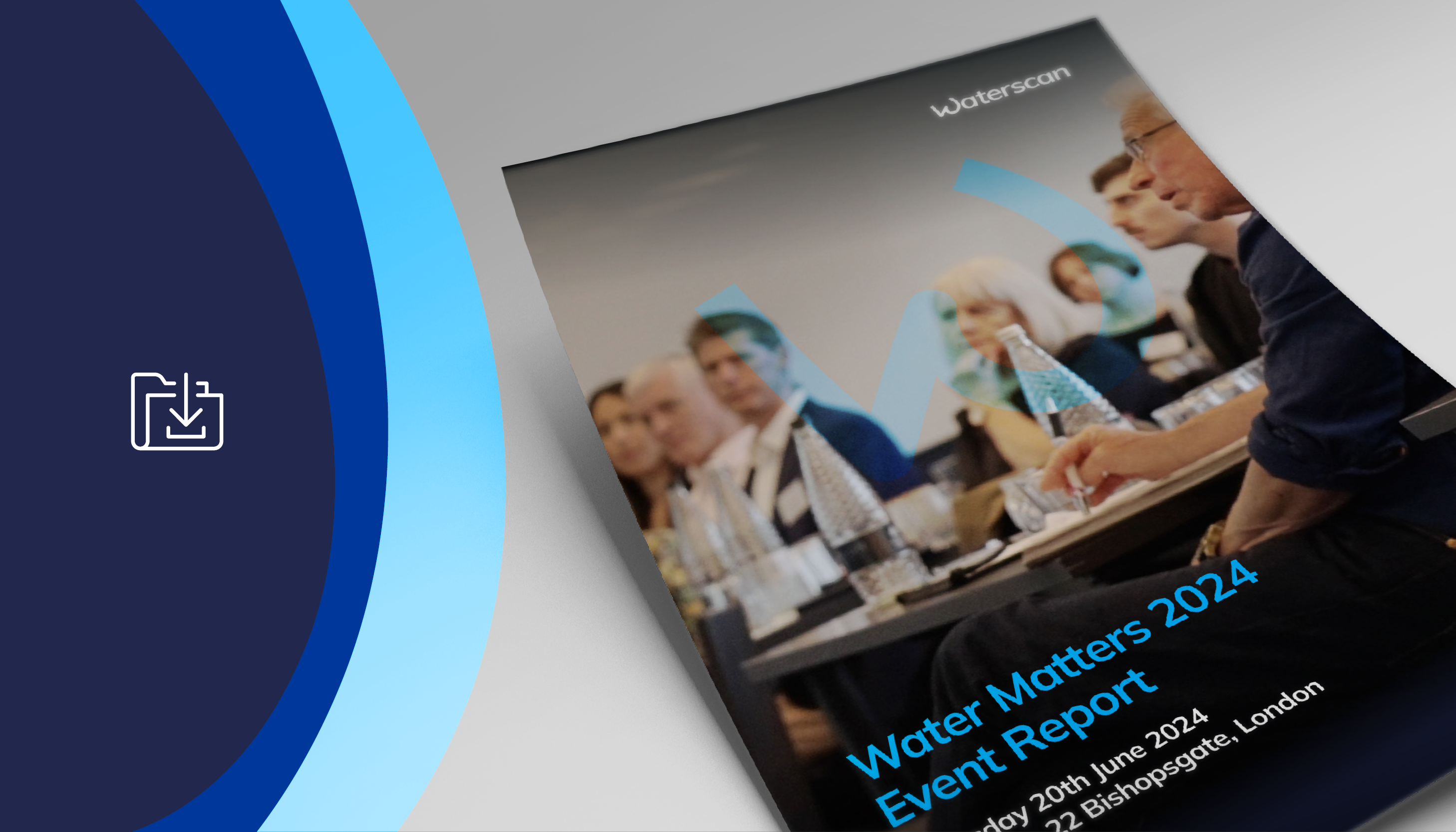Businesses and organisations that consume large volumes of water could soon see their bills rise dramatically with the introduction of a range of new pricing structures.
Non-household water customers that use more than 50,000 m3 of water, and/or return more than 50,000 m3 of sewage or trade effluent from a single operational site each year, have long benefitted from ‘reverse block large user tariffs’. These tariffs offer volumetric water rates that reduce by incremental blocks the more water they consume.
This approach is set to be turned on its head as these traditional reverse block tariffs are replaced by Rising Block Tariffs (RBTs) to help safeguard precious water supplies. RBTs have been used as the basis for some water bills in other regions including Australia, Asia, South America, Portugal, Spain and the USA. The move to roll these out in the UK reflects increasing concerns about water scarcity here and follows Ofwat’s call for water companies to be more creative in how they incentivise customers to use less water.
Some water companies could be going further, with the introduction of seasonal tariffs which make water more expensive when it is scarcer in the summer, and interruptible tariffs which reward companies with lower water charges if they are able to risk occasional supply interruptions.
Neil Pendle, Managing Director at Waterscan, has long supported innovative market models which reflect the reality of water scarcity, given how little awareness there is of the risks this brings. Nonetheless, he has some reservations about how this particular approach will play out.

Speaking recently, Neil said: “This move represents quite a significant change. In one sense that is a positive step, reflecting the extent of the work that needs to be done to make the UK’s water systems resilient. However, it has not been widely and effectively communicated. Furthermore, because water balance varies considerably from region to region, there are going to be winners and losers. Some customer sectors and geographies could see significant operational, financial and administrative impacts. Others less so, depending on where they operate and which water company they are dealing with. This is likely to make it cumbersome for customers to manage if they’re not planning ahead with the benefit of sound site-level data.
Nevertheless, many opportunities will arise for organisations that address these challenges. They will be more efficient, more resilient, save money, and contribute meaningfully to their net zero pathways. I anticipate that new pricing models will inspire many organisations to review how they manage water as an operational-critical resource. More than that, I hope that fresh approaches to pricing will spark a widespread shift in perceptions around the value of water.”




